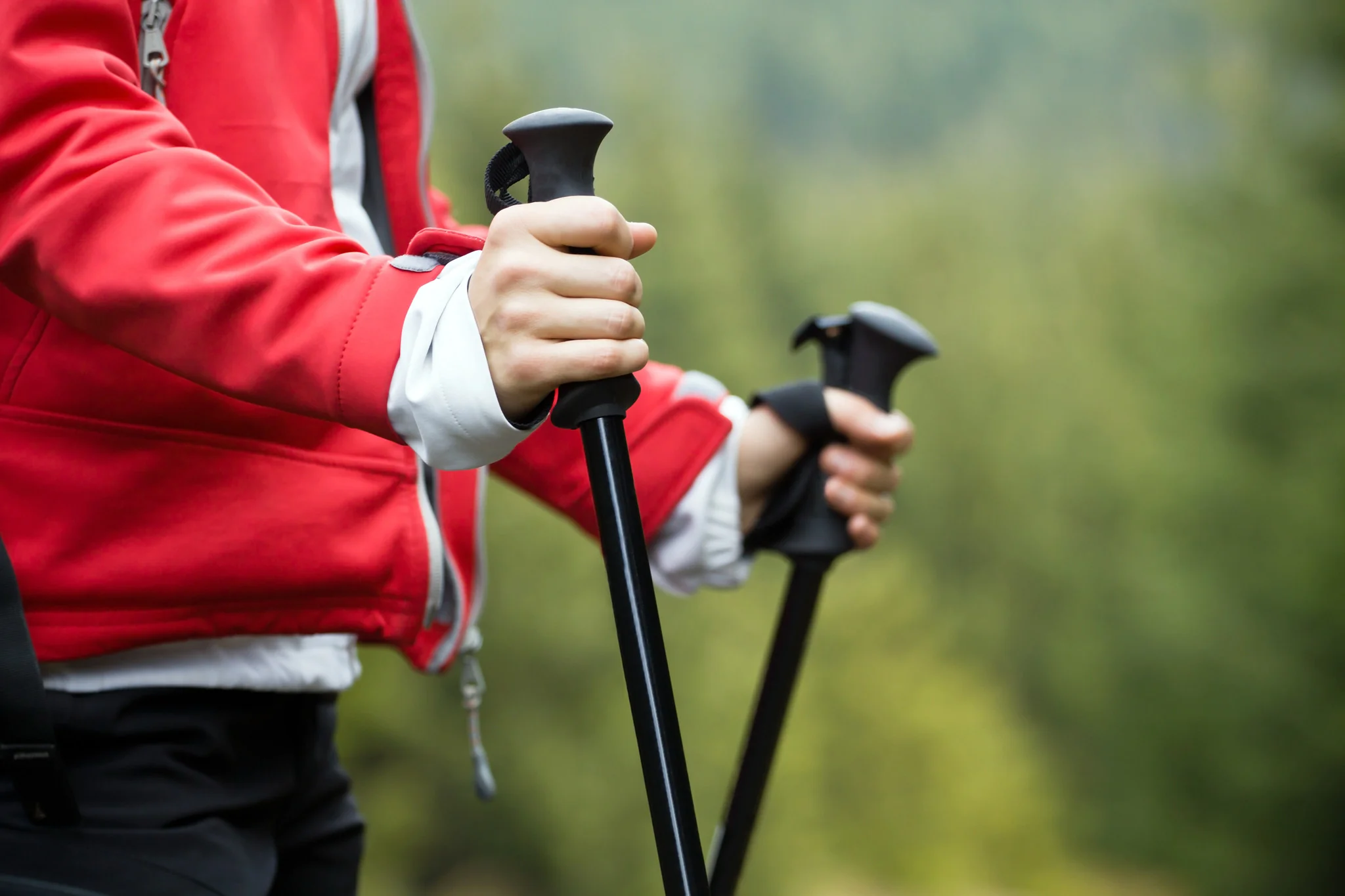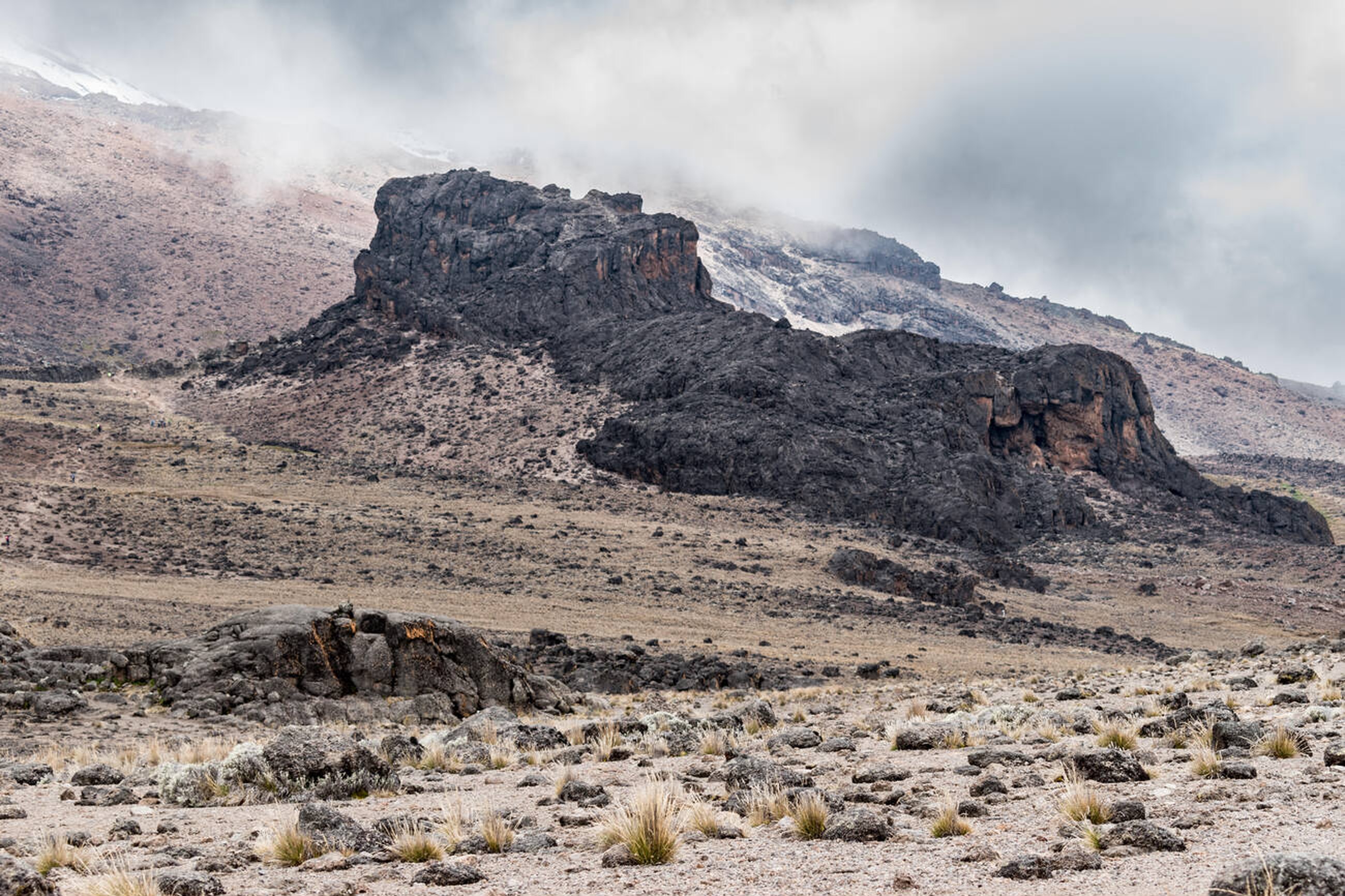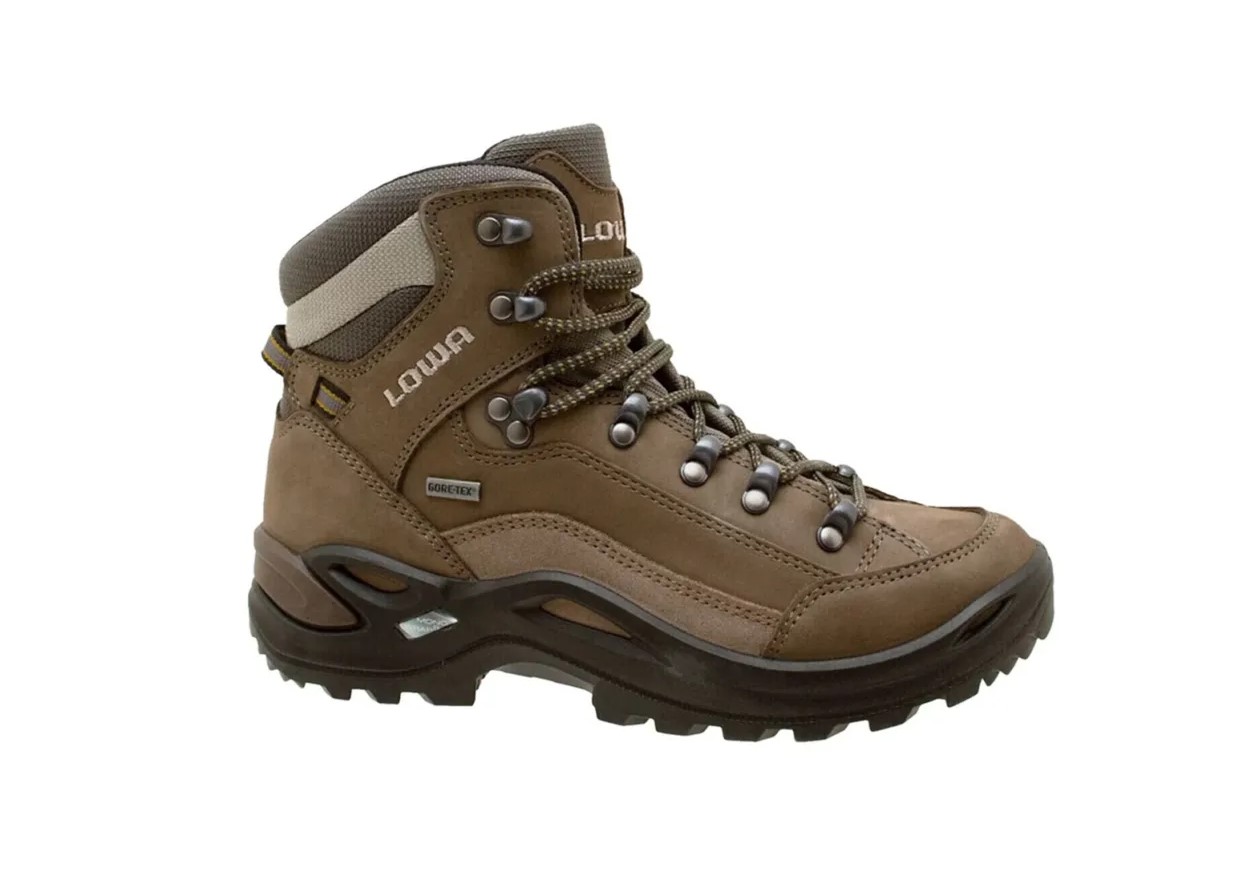Climbing Mount Kilimanjaro takes 5 to 9 days to reach the summit (Uhuru Peak) and descend to the finish point. Longer treks significantly increase your summit success rate by allowing better acclimatization to high altitudes and reducing fatigue. Kilisherpas Travel recommends longer routes for a safer, more enjoyable experience.
- 5-day treks: Lowest summit success rate (~27% in 2006 data).
- 8-9 day treks: Much higher success rate (~85% in 2006, likely improved today).
This guide explores the factors affecting climb duration, route options, and why taking your time is key to standing on the Roof of Africa.
Factors Affecting Climb Duration
Kilimanjaro is a non-technical “walk-up” mountain, but its high altitude (5,895m/19,341ft) makes acclimatization the primary factor determining how long it takes to summit. Other factors include route choice, physical fitness, and personal pace.
Acclimatization: The Key to Success
Failure to acclimatize to low oxygen levels is the top reason climbers don’t reach the summit. A slow, steady ascent allows your body to adjust, reducing the risk of altitude sickness.
According to the Wilderness Medical Society Practice Guidelines for the Prevention of Acute Altitude Illness, controlling ascent rate (meters gained daily) is highly effective in preventing altitude issues. More days on the mountain mean better acclimatization and higher success rates.
Key Insights:
- Physical fitness doesn’t improve acclimatization. Fit climbers may push through symptoms, ignoring critical warning signs, as noted by Dr. Hackett (Institute for Altitude Medicine).
- Longer routes build in rest and recovery, reducing fatigue and enhancing enjoyment.
- 2006 Data: 5-day treks had a 27% success rate; 8-day treks reached 85%. Modern gear and guides have likely improved these numbers.
Expert Tip
Take your time. A longer route with acclimatization days can make the difference between summiting and turning back.
—Thomas Becker, Climbing Expert, Kilisherpas Travel
How Long Does It Take to Climb Kilimanjaro on Each Route?
Kilimanjaro offers six main routes, varying in duration, difficulty, scenery, and accommodation. Longer routes improve acclimatization and success rates, while shorter ones suit experienced, pre-acclimatized climbers.
Route
Number of Days
Route Length
Notes
Marangu Route 5 Days 64 km (40 mi) Shortest option; hut accommodations; not ideal for most due to low success rate.
Umbwe Route 6 Days 37 km (23 mi) Steep, short; for experienced climbers.
Rongai Route 6 or 7 Days 65 km (23 mi) Drier northern approach; scenic and less crowded.
Machame Route 6 or 7 Days 49 km (30 mi) Popular, scenic; good for acclimatization.
Lemosho Route 7, 8, or 9 Days 66 km (35 mi) Diverse scenery; excellent for acclimatization.
Northern Circuit 8 or 9 Days 66 km (35 mi) Longest, least crowded; maximizes acclimatization.
Why Choose a Longer Route?
- Better Acclimatization: Extra days reduce altitude sickness risk.
- Lower Fatigue: Spreads effort, preventing burnout.
- Enhanced Experience: More time to enjoy Kilimanjaro’s unique ecosystems.
Shorter routes (5-6 days) appeal for cost or time savings but increase risks of failure, fatigue, or injury, especially for first-time high-altitude climbers.
Expert Opinion
Unless you’ve recently climbed at high altitudes (e.g., Mt. Meru or Mt. Kenya), opt for a 7-9 day route. The investment in time pays off with a safer, more rewarding summit.
Should You Choose a 5- or 6-Day Climb?
Short routes like Marangu or Umbwe (5-6 days) are tempting for:
- Cost savings
- Limited vacation time
- Preference for shorter hikes
However, Kilisherpas Travel strongly advises against them for most climbers due to:
- Lower Success Rates: Rapid ascents hinder acclimatization.
- Increased Fatigue: Covering ground quickly strains the body.
- Health Risks: Higher chance of altitude sickness or injury.
Ask Yourself:
- What if you turn back on day 3 due to poor acclimatization?
- Are savings worth missing the summit or risking your health?
- Wouldn’t a couple extra days make the climb safer and more enjoyable?
When Is a Short Route Okay?
- You’ve recently been to high altitudes (e.g., Mt. Meru).
- You’re an experienced climber confident in acclimatizing above 18,000ft.
How Long Does It Take to Descend Kilimanjaro?
Descending from Uhuru Peak to the finish point takes about 2 days:
- Day 1: ~5 hours from the summit to an overnight camp (e.g., Barafu or Millennium).
- Day 2: 4-6 hours to the park gate, depending on the route and your pace.
Slower descents prioritize safety, especially for tired or less experienced trekkers.
Fastest Recorded Climbs: Elite Athletes
Elite climbers have set remarkable records, but these are outliers requiring extreme training and pre-acclimatization:
- Current Record: Karl Egloff (Swiss), 4h 56m (Umbwe Route).
- Fastest Woman: Kristina Schoo Madsen (Denmark), 6h 52m (Mweka Route).
- Fastest Unaided: Simon Mtuy (Tanzania), 9h 19m (Umbwe Route, self-supported).
- Previous Record: Kilian Jornet, 7h 14m.
These feats are inspirational but not realistic for most. Your climb is about safety and success, not speed.
How Long Will It Take YOU?
Climbing Kilimanjaro is a once-in-a-lifetime adventure. Don’t rush it—your preparation, travel costs, and dream of summiting deserve the best chance. Kilisherpas Travel recommends 7-9 day routes for optimal acclimatization, safety, and enjoyment.
Plan Your Climb with Kilisherpas Travel
Our expert guides, KPAP-compliant ethics, and tailored itineraries ensure a 95%+ summit success rate. Contact Kilisherpas Travel today to choose the perfect route and conquer Mount Kilimanjaro!


